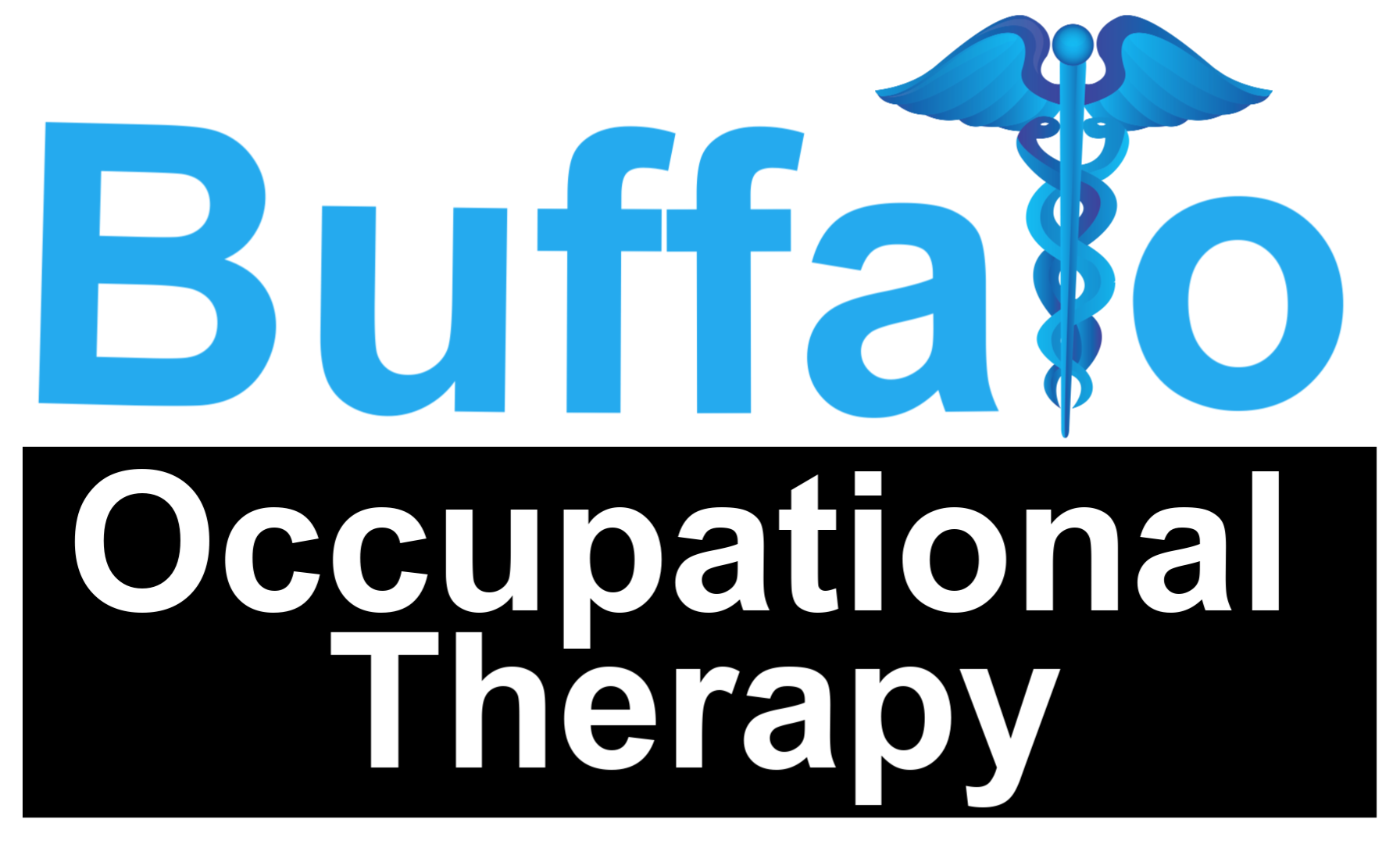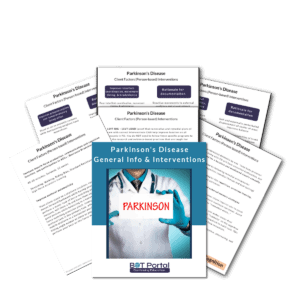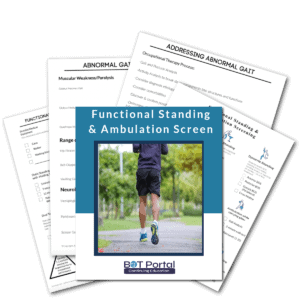Description
Trigger Point Tracker
This original document is for all occupational therapy students and practitioners to use when working with treatments who experience a myofascial trigger point! When palpating your patient for painful regions, be sure to highlight your trigger point tracker! You can also use this as a tool for your patient to identify where they experience pain! Download the ‘Trigger point tracker’ PDF for a tool to use on your current caseload to build your own references for treatments!
Background:
Myofascial trigger points are hyperirritable spots in skeletal muscle, often presenting as palpable nodules within taut bands of muscle fibers. These points can cause significant pain, discomfort, and impair muscle function, affecting range of motion and overall mobility. In occupational therapy, managing myofascial trigger points is essential for enhancing patients’ functional abilities and quality of life. Trigger points can be active, causing pain at rest and radiating pain to other areas, or latent, which restrict movement and cause muscle weakness without causing pain unless pressed. They often result from muscle overuse, trauma, poor posture, chronic stress, or nutritional deficiencies.
Occupational therapists employ a variety of techniques to address these issues. Manual therapy, such as trigger point release, myofascial release, and deep tissue massage, is fundamental in reducing muscle tension and alleviating pain. Therapeutic exercises, including stretching, strengthening, and range of motion activities, help lengthen muscle fibers, improve flexibility, and prevent the recurrence of trigger points. Postural training and ergonomic assessments are crucial for teaching patients to maintain proper posture during daily activities and reduce muscle strain, thereby preventing the development of new trigger points.
In addition to physical interventions, occupational therapists focus on stress management through relaxation techniques, breathing exercises, meditation, and mindfulness. These approaches help reduce overall muscle tension and stress, which are significant contributors to the formation of trigger points. Biofeedback devices can also be used to help patients learn to control muscle tension and manage stress effectively. Education is another key component, with therapists teaching patients self-care techniques such as self-massage and stretching exercises to manage symptoms independently at home. Advising on activity modifications can also help reduce muscle strain during daily tasks, further preventing the recurrence of trigger points.
By combining these strategies, occupational therapists aim to reduce pain, improve muscle function, and enhance patients’ ability to perform daily activities. This holistic approach not only alleviates the immediate symptoms of myofascial trigger points but also promotes long-term health and well-being. Through manual therapy, exercise, stress management, and education, occupational therapists provide comprehensive care that addresses the multifaceted nature of myofascial pain and dysfunction.



